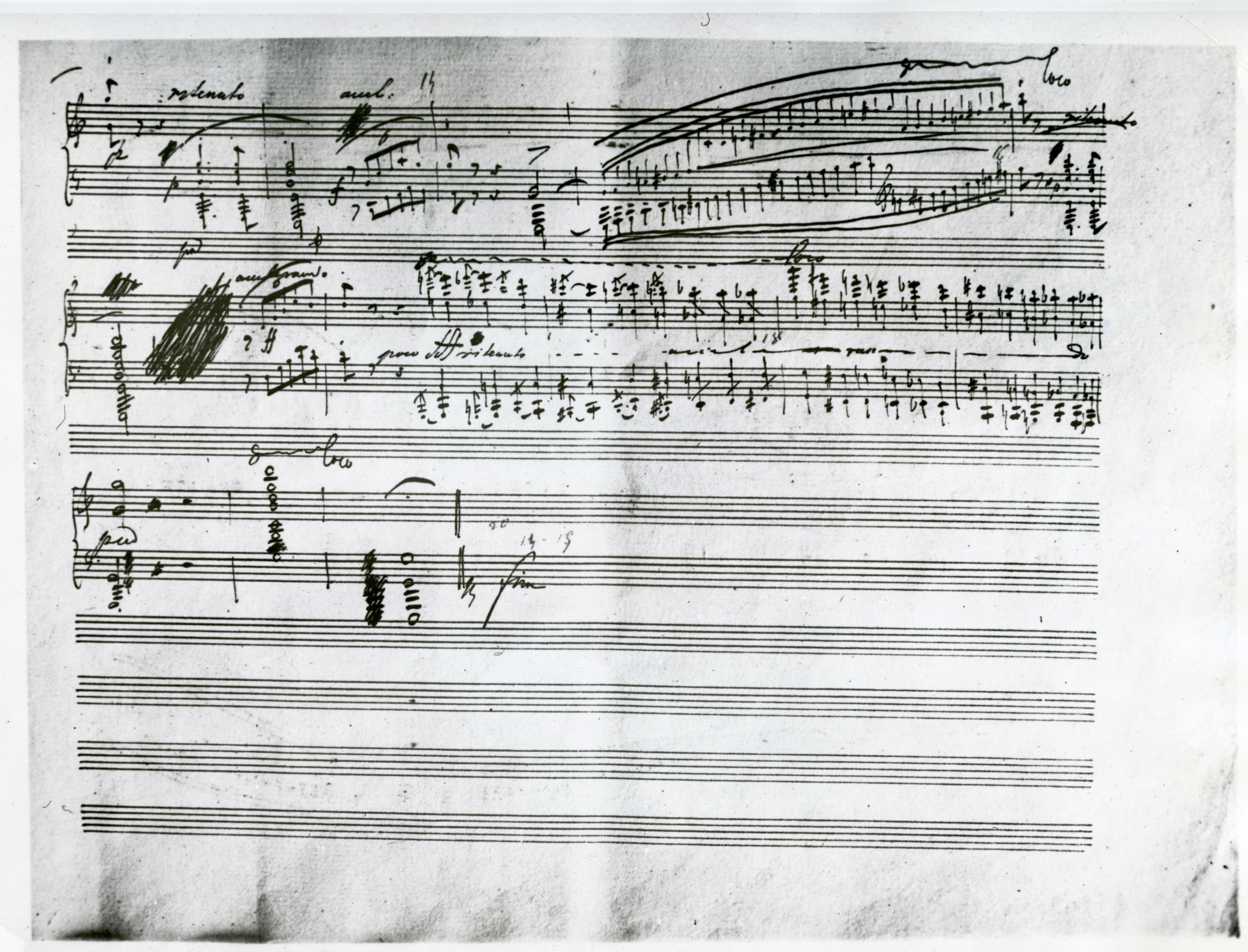



In the main text we reproduce the notation of A, in which a diagonally crossed octave means a very fast arpeggio (faster than the one written down with the use of a grace note). The direction in which an octave should be broken results from the notation of the preceding octaves; moreover, it is indicated by the direction of the diagonal line crossing the stem of an octave. The absence of respective lines in the editions probably resulted from the engraver of FE not having understood this notation.
Compare the passage in the sources »
category imprint: Differences between sources
issues: Errors in FE
notation: Pitch

